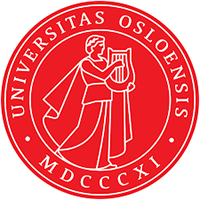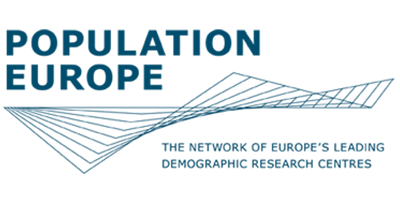Teaching Materials
What is migration uncertainty? How do people decide where to migrate to? And how does expert knowledge on migration translate into policy options? These are just a few of the questions that students will explore in the new Migration & Migration Uncertainty teaching materials. Over the five lessons, not only will students examine global migration patterns, but they will also dive deeply into the dynamics at play in a singular country and compare their findings with those of their peers. The students will also learn to appreciate the high level of migration uncertainty and the challenges it poses for research and policy.
In the teaching material pack, teachers will find: (1) an introductory quiz, (2) a 15-page teaching guide to make preparing and teaching the lessons easy and smooth, (3) a 30-page workbook that guides students through the exercises and (4) a set of slides for each lesson that include graphs, key terms, exercises and step-by-step instructions for the math exercises. The teaching materials are modular, meaning that the lessons can be used in sets of one, three or five each time with a different focus, such as on the policy aspect of migration or on the reasons why someone might migrate.
As of January 2025, the teaching materials are featured on Open Educational Resources: OER Commons.
Introduction
Let's start this journey by playing a quiz about the size of foreign-born populations in different European countries now and in the future! Click on this link or on the image below to start - or scroll down to the teaching guides, workbooks and slides for individual lessons.
Remember: in the quiz, all migration numbers are only approximate. In reality, all estimates and future scenarios come with errors. The statements about the future are particularly uncertain: we know much less about what will happen in 2060 than about what happens now. The numbers in the quiz show our best guesses about migration now, and how we imagine the future might look like if the current migration trends continue.
Lesson 1
Migration & Migration Uncertainty
Materials
The first lesson introduces students to the topics of migration and migration uncertainty. The idea of uncertainty will be a key theme throughout all of the lessons and will show students how uncertainty is a natural part of the social sciences and how we can use flexible thinking and techniques to develop research results and recommendations. This lesson will also introduce the key concepts that will be used in the following lessons and allow students to think reflectively about their existing opinions and knowledge on the topic.
Students will:
- Learn how we conceptualise uncertainty in migration
- Understand techniques to describe and reduce this uncertainty
- Explore the effects of dataset size on research results
Lesson 2
Micro-Level Decision-Making
Materials
This lesson encourages students to think about their reasons to migrate or stay, while also exploring how different people may prioritise different factors. It introduces both internal and external factors that influence migrants' decision-making when it comes to migrating and how researchers may categorise them in their work.
Students will:
- Learn that we can look at the drivers of migration from different levels including the macro and micro level
- Explore how different migrants may evaluate the same country differently when deciding where to migrate
- Gain awareness that people become migrants for many different reasons
Lesson 3
Macro-Level Drivers
Materials
The third lesson asks students to zoom out from the previous lesson on individual decision-making and look at the macro-level processes as they relate to migration. Here, students will delve into the diversity of migration drivers that researchers look at and how they relate to both forced and voluntary migration. The maths exercise will allow students to explore the out-migration of their chosen country experience based on a set of variables.
Students will:
- Understand the larger drivers that influence migration on the country or regional level
- Brainstorm the effects of climate change on future migration patterns
- See how different individual variables influence migration
Lesson 4
Natives' Perception of Migrants
Materials
This lesson shifts the focus to evidence-informed policymaking while examining natives' perceptions of migrants both at the EU and country levels. Here, students will be encouraged to evaluate their beliefs around immigration and examine survey research. The lesson will also introduce students to some of the current dynamics at play when looking at natives' perceptions including the rise of right-wing extremism.
Students will:
- Think reflectively of the country they live in and the climate it creates for immigrants
- Analyse research reports and discover problem areas from them
- Learn the role that native' attitudes play in migration and migrants
Lesson 5
Determining Migration Policy
Materials
This lesson takes a deeper dive into migration policy with the running case study looking at the economic migration of high-skilled workers. Students will also explore the complexity of migration policy, discussing its various forms and at what level of government they can be implemented. To utilise the knowledge they have gained, students will examine a Communication from the European Commission and provide their policy recommendations.
Students will:
- Learn that labour migration is already a crucial part of Europe's economy and society
- Understand the context in which the EU is working on developing policies aimed at attracting skills and talent
- Brainstorm policy solutions around the topic of attracting skills and talent to Europe
This work has received funding from the European Union's Horizon 2020 research and innovation programme under grant agreement No. 870299 QuantMig: Quantifying Migration Scenarios for Better Policy. This document reflects the authors'view and the Research Executive Agency of the European Commission are not responsible for any use that may be made of the information it contains.










